Wire Forms: How They Are Made and What They Are Made From
At the most basic level, a wire form is a length of wire that has been formed into a specific shape for a specific purpose. Wire forms come in...
3 min read
![]() Spring Dynamics
:
Aug 19, 2021 8:00:00 AM
Spring Dynamics
:
Aug 19, 2021 8:00:00 AM
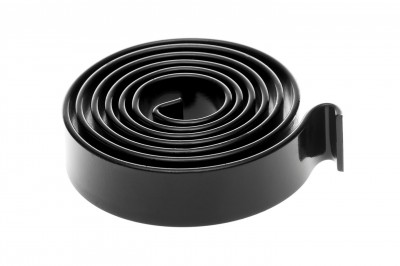
Have you ever wondered what keeps a watch running? Or helps a recliner recline? These devices are made possible because of spiral counterbalance springs, which can also go by the names:
In this article, we provide the lowdown on spiral counterbalance springs, how they operate, how they are made, what they are used for, and how you can be assured of choosing the right spiral counterbalance spring from Spring Dynamics.
Contact us today. Call (810) 798-2622, email sales@springdynamics.com, or get started here.
Before we define a counterbalance spring, let’s first define counterbalance. A counterbalance is a weight or force that offsets or checks an opposing force. In a spiral counterbalance spring, the spring mechanism is the counterbalancing force. Spiral counterbalance springs are made from rectangular metal strips that have been wound into a flat spiral. These springs have either special retaining holes or bends on both ends that allow them to attach or anchor into place.
Spiral counterbalance springs are engineered to store and release rotational energy in the form of torque. Spiral springs are like conventional helical torsion springs except they are wound in a single plane as opposed to a helical spiral. Spiral springs are best suited for applications requiring less than 360 degrees of angular rotation. Like all mechanical springs, spiral torsion springs adhere to a mathematical equation called Hooke’s law, which states that the displacement of an elastic object is directly proportional to the force applied. In simpler terms, a spiral torsion spring will wind up twice as much when twice the torque is applied.
Spiral counterbalance or constant force springs offer several advantages compared with other types of springs:
There are several different types of spiral and coil springs.
Spiral springs have all kinds of practical applications. They are used in:
Spiral springs are also used in automotive systems. In a vehicle steering wheel, a clock spring is used as a spiral-wound rotary electrical connector that allows a vehicle’s steering wheel to turn while still making an electrical connection between the airbag, the horn, and other devices and the vehicle’s electrical system.
Springs are generally made of hardened steel. The most commonly used spring steels are music wire, stainless steel, chrome silicon, oil tempered wire, and chrome vanadium. The different materials are ideal for a number of different conditions. Below are some materials and their specific conditions:
Spring Dynamics specializes in making custom counterbalance springs to customer specifications. With our engineering and manufacturing aptitude, custom springs can be produced at almost the same time as stock springs. If you are unfamiliar with counterbalance springs, your product development team is welcome to work with our engineering group to identify whether a counterbalance spring will function and package for your application – in many cases providing advantages not previously considered.
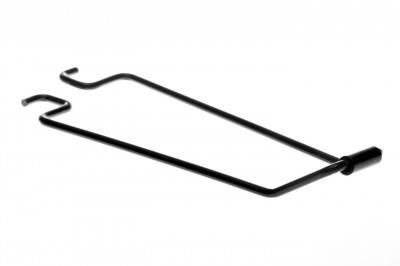
At the most basic level, a wire form is a length of wire that has been formed into a specific shape for a specific purpose. Wire forms come in...
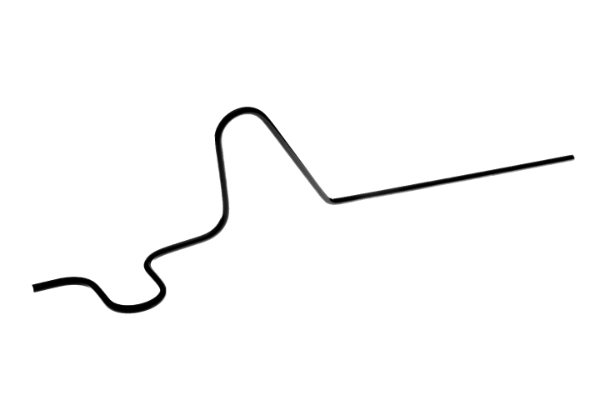
Wire forms are everywhere and are used in nearly every industry and business sector. But what are wire forms and how are they made? In this article,...
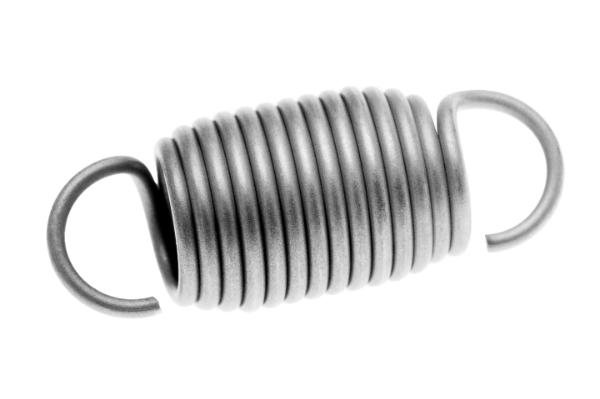
When the average person thinks of springs, they most likely envision an extension spring. Extension springs stretch and get longer, then return to...

When the average person thinks of springs, they most likely envision an extension spring. Extension springs stretch and get longer, then return to...
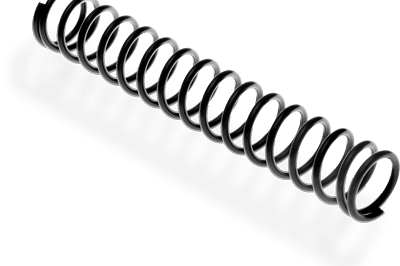
Are you a manufacturer in need of compression springs for your products? Or maybe just a consumer or entrepreneur looking to learn more about...

At the most basic level, a wire form is a length of wire that has been formed into a specific shape for a specific purpose. Wire forms come in...